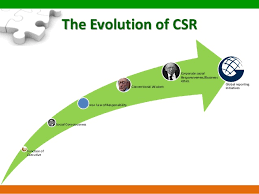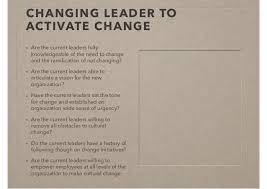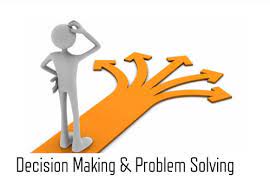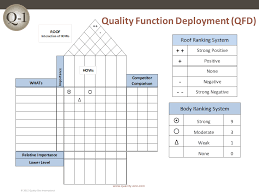Quality management is a recent phenomenon but important for an organization. Civilizations that supported the arts and crafts allowed clients to choose goods meeting higher quality standards rather than normal goods. In societies where arts and crafts are the responsibility of master craftsmen or artists, these masters would lead their studios and train and supervise others. The importance of craftsmen diminished as mass production and repetitive work practices were instituted. The aim was to produce large numbers of the same goods. The first proponent in the US for this approach was Eli Whitney who proposed (interchangeable) parts manufacture for muskets, hence producing the identical components and creating a musket assembly line. The next step forward was promoted by several people including Frederick Winslow Taylor, a mechanical engineer who sought to improve industrial efficiency. He is sometimes called “the father of scientific management.” He was one of the intellectual leaders of the Efficiency Movement and part of his approach laid a further foundation for quality management, including aspects like standardization and adopting improved practices. Henry Ford was also important in bringing process and quality management practices into operation in his assembly lines. In Germany, Karl Benz, often called the inventor of the motor car, was pursuing similar assembly and production practices, although real mass production was properly initiated in Volkswagen after World War II. From this period onwards, North American companies focused predominantly upon production against lower cost with increased efficiency.
Quality management ensures that an organization, product or service is consistent. It has four main components: quality planning, quality assurance, quality control and quality improvement. Quality management is focused not only on product and service quality, but also on the means to achieve it. Quality management, therefore, uses quality assurance and control of processes as well as products to achieve more consistent quality. What a customer wants and is willing to pay for it determines quality. It is a written or unwritten commitment to a known or unknown consumer in the market. Thus, quality can be defined as fitness for intended use or, in other words, how well the product performs its intended function.























































Hi, I read your blog daily. Your story-telling style is
awesome, keep up the good work!
Thankfulness to my father who stated to me regarding
this weblog, this weblog is in fact awesome.
excellent article, i like it
Pretty! This has been a really wonderful post.
Many thanks for supplying this info.
I am continually invstigating online for ideas that can benefit me. Thank you!
I have been examinating out some of your posts and i can claim pretty nice stuff. I will definitely bookmark your site.